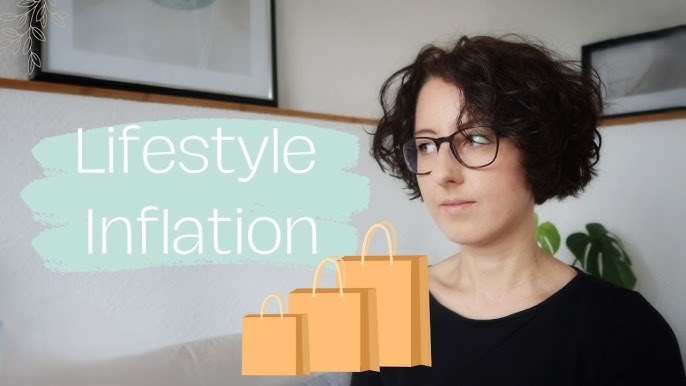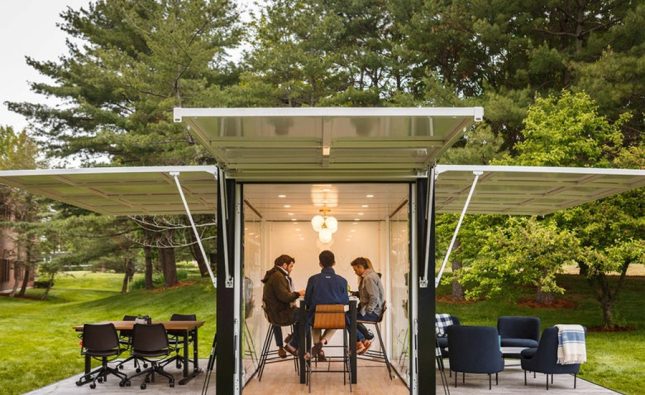
If you live in a small apartment or have limited outdoor space, you may think that gardening is simply not an option for you. However, with the rise of vertical gardening, growing your own vegetables, herbs, and flowers has become more accessible and space-efficient than ever before.
Vertical gardening is the practice of growing plants upward, rather than outward, using trellises, stakes, hanging baskets, or wall-mounted planters. This technique allows gardeners to make the most of limited space, while also creating a beautiful and sustainable living environment.
One of the primary benefits of vertical gardening is that it allows you to grow more plants in a smaller area. Instead of taking up valuable ground space, you can create a vertical garden on a balcony, patio, or even indoors. This means that you can grow fresh produce, herbs, and flowers even if you don’t have access to a traditional garden plot.
Another advantage of vertical gardening is that it can be more efficient and sustainable than traditional gardening methods. Vertical gardens can reduce water consumption, as the plants are often grown in self-contained containers or planters that can be easily watered using drip irrigation systems or other efficient watering techniques. Additionally, vertical gardens can help to reduce soil erosion and runoff, while also promoting biodiversity and providing habitat for beneficial insects and birds.
But perhaps the greatest benefit of vertical gardening is the beauty and tranquility it can bring to a small space. With vertical gardens, you can create a living wall of lush greenery or a colorful display of flowers, transforming a drab balcony or dull indoor space into a vibrant oasis. Not only is this visually appealing, but it can also have positive effects on your mental health and well-being, as research has shown that exposure to nature can reduce stress and improve mood.
So, how can you get started with vertical gardening? First, consider your space and the types of plants you want to grow. Some plants, such as tomatoes and cucumbers, may require more vertical support than others, while others, such as herbs and lettuce, can thrive in smaller containers or hanging baskets. Next, choose the right type of container or planter, making sure it has adequate drainage and is appropriate for the size and weight of your plants.
Finally, be sure to do your research and consult with experts to ensure that you are using sustainable and safe gardening practices. This includes choosing organic or non-toxic fertilizers and pesticides, using recycled or eco-friendly materials for your containers and planters, and avoiding invasive plant species.
With a little creativity and know-how, vertical gardening can be a fun and rewarding way to grow your own food, beautify your space, and connect with nature. So why not give it a try and see how you can grow up, not out, in your own small space?










